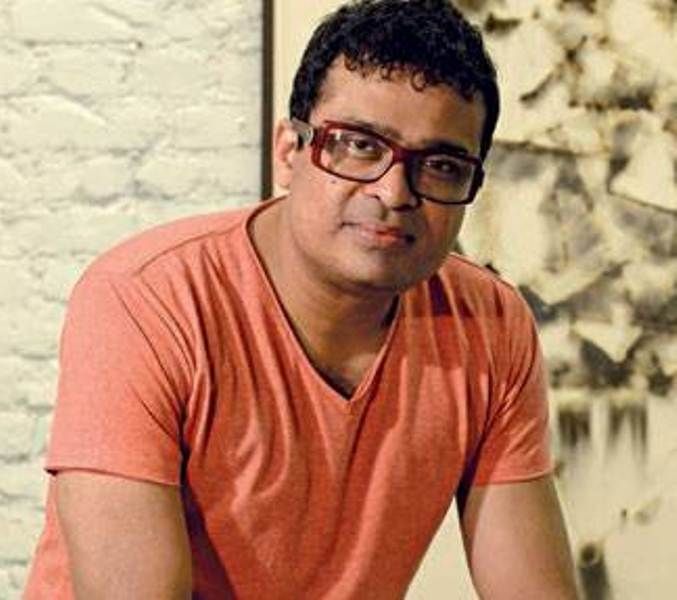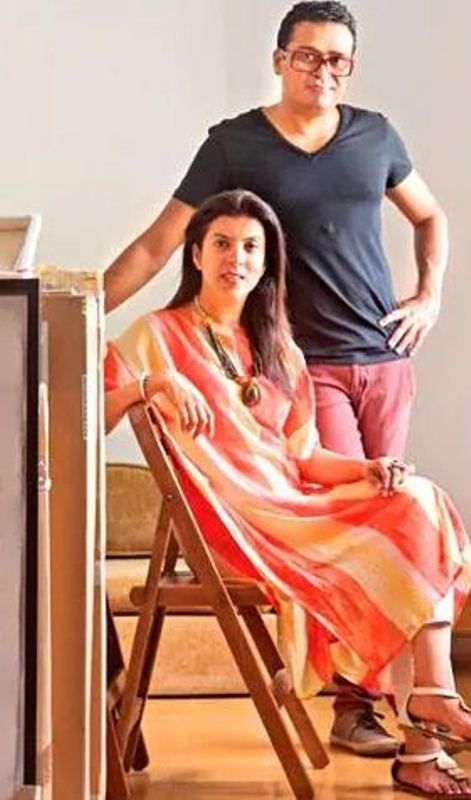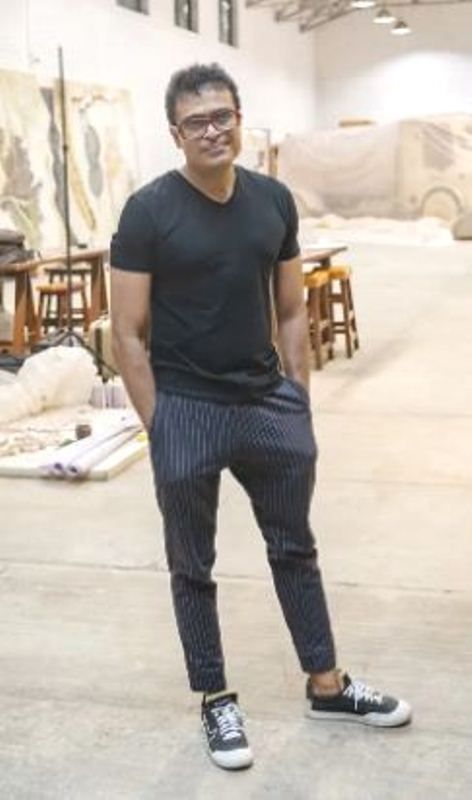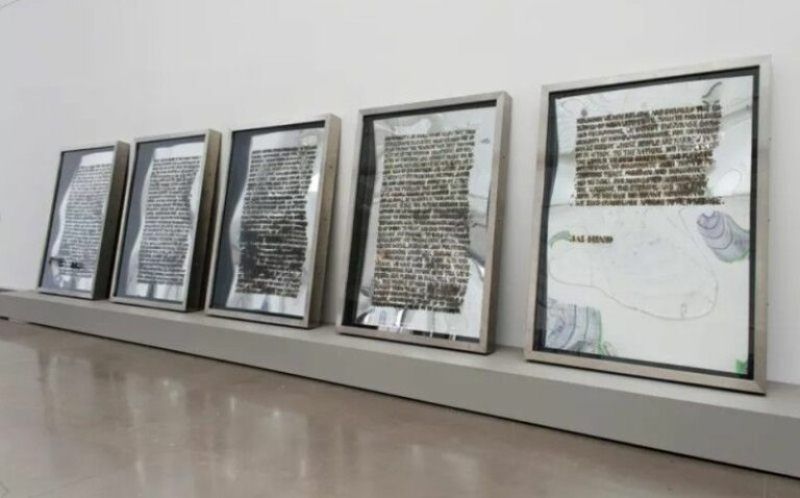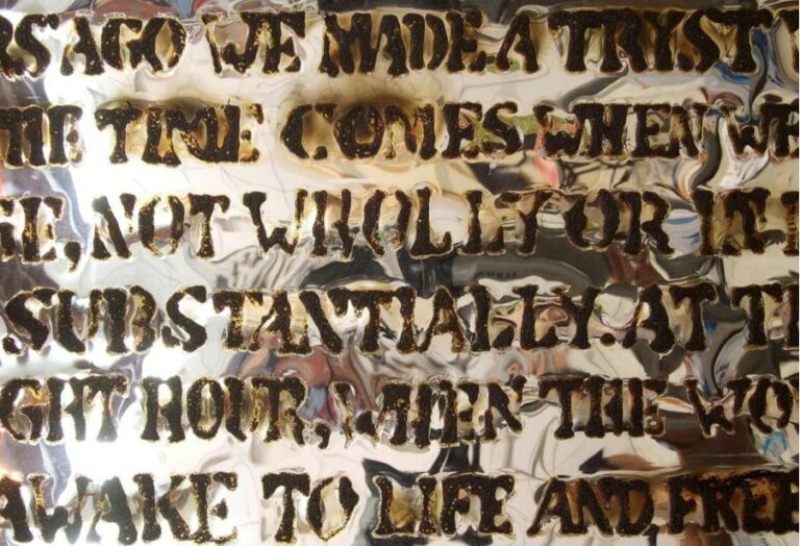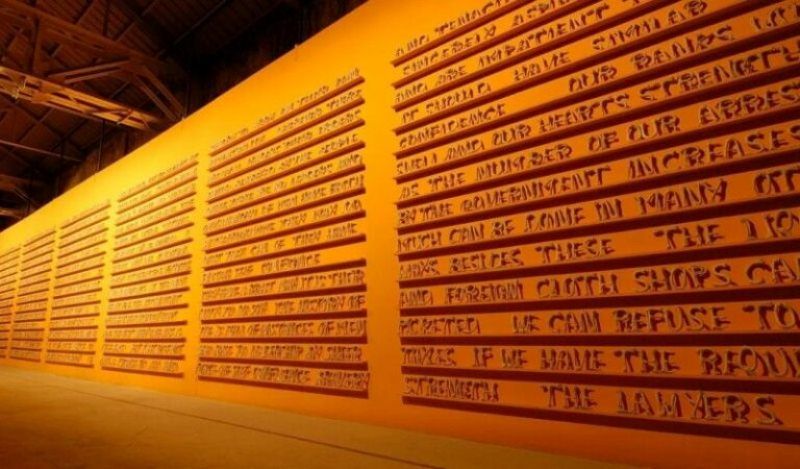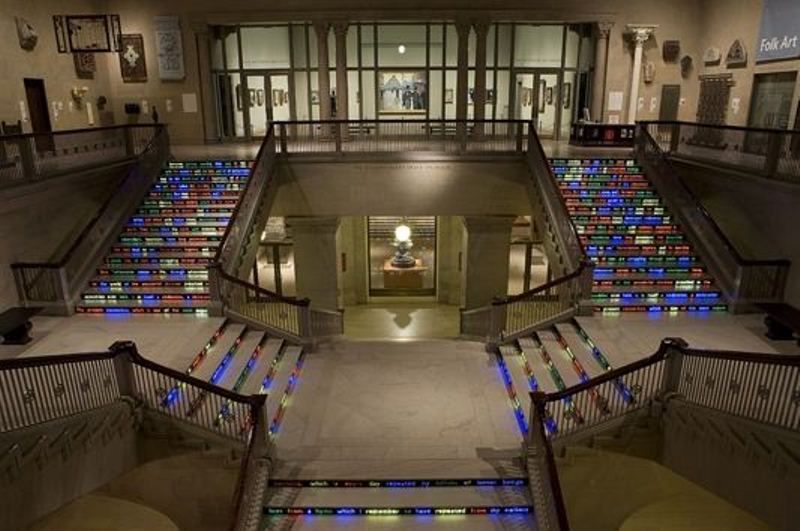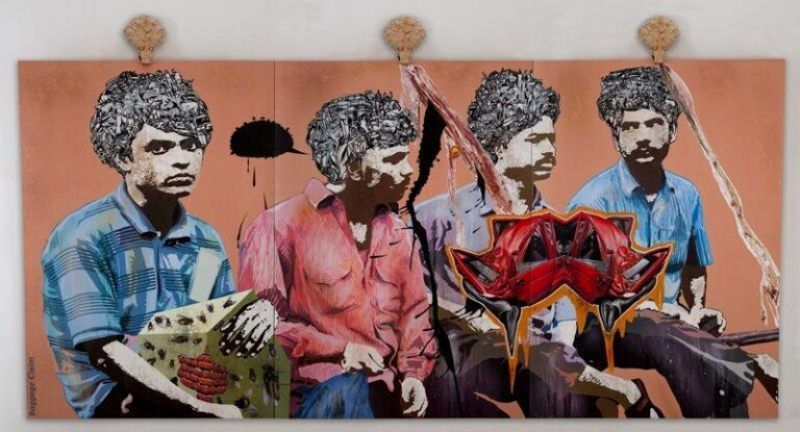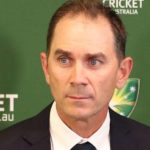Jitish Kallat, Age, Wife, Family, Biography & More
Some Lesser Known Facts About Jitish Kallat
- Jitish Kallat is an Indian artist who is known for his sculptures, paintings, installations, photography, and multimedia works. He is mainly known for depicting the milieu of his birth city, Mumbai in his paintings.
- The main concerns that he incorporates in his artworks include India’s endeavour to enter the global economy, solving housing and transportation issues in the country, city planning, caste and communal tensions, and government accountability.
- In his career span, he has worked with various notable art galleries and exhibitions including Nature Morte in New Delhi, Chemould Prescott Road in Mumbai, ARNDT Art Agency in Berlin, and Galerie Daniel Templon in France and Belgium.
- He did his first solo exhibition titled ‘PTO’ at the Chemould Prescott Road in 1996.
- His art series ‘Public Notice’ is one of his most talked about artworks. It consists of three installations incorporating the famous speeches delivered by Jawaharlal Nehru, Mahatma Gandhi, and Swami Vivekananda respectively.
- His installation ‘Public Notice 2003’ was the first work in his Public Notice series. The installation consists of five art pieces in which he incorporated the famous speech ‘Tryst with Destiny’ delivered by Jawaharlal Nehru on 14 August 1947 at Red Fort, Delhi on the eve of the independence of India. In this installation, Kallat hand-inscribed the speech by using the burnt letter that he made with rubber glue on acrylic panels. In the background of the artwork, he used carnival mirrors that give a distorted reflection. The artist has expressed the failure of Nehru’s message that he wanted to convey through his speech by using the burnt letter in the installation.
- In the installation ‘Public Notice 2003,’ Kallat made a political statement against the massacre of the Godhra Riots that took place in Gujarat in February 2002. In an interview, he talked about this and said,
The words are cremated… much as the content of the speech itself was distorted by the way the nation has conducted itself in the last six decades.”
- The second artwork of Kallat’s ‘Public Notice’ series evokes the notable speech of Mahatma Gandhi that he delivered on 11 May 1930 at Sabarmati Ashram. In this speech, Gandhi requested his fellow revolutionaries to maintain peace and absolute non-violence in the country. Gandhi delivered this speech a day before starting the ‘Dandi March,’ which was a nonviolent movement, that he started against the British laws of imposing taxes on the production of salt in India. In this movement, Gandhi and his followers covered a distance of approximately 385 km in 24 days.
- In the installation ‘Public Notice 2’ (2007), Kallat inscribed Gandhi’s speech using 4500 bone-shaped resin letters. Through the use of bone-shaped letters in the installation, Kallat symbolises the relic that holds the history of people’s aggression; however, the main motive of Gandhi’s speech was to maintain peace and non-violence. In an interview, Kallat talked about inscribing Gandhi’s speech in this artwork and said that he wanted to make people recall the promises of non-violence. He said,
In today’s terror-infected world, where wars against terror are fought at prime television time, voices such as Gandhi’s stare back at us like discarded relics.” [1]Saatchi Gallery
- The art historian Chaitanya Sambrani wrote an essay titled “Of Bones and Salt: Jitish Kallat’s Public Notice 2,” in which he wrote
The act of rehearsing a text from modern history and meditating on its relevance today is charged with a revisionary historicism: Kallat simultaneously places the text within its particular historical moment and reinvigorates it for present purposes.”
- The third work of Kallat’s ‘Public Notice’ series is associated with two significant historical events, i.e., the First World Parliament of Religion, which was held on 11 September 1893, and the terrorist attack on the World Trade Center and the Pentagon that took place on 11 September 2001.
- In this installation, Kallat incorporated the speech delivered by Swami Vivekananda at the World Parliament of Religions in 1893. To make this art piece, Kallat used LED bulbs of five different colours, consisting of red, orange, yellow, blue, and green. Kallat borrowed these colours from an advisory of the US Department of Homeland Security, where they formed a spectrum denoting terrorism threat level- red for severe, green for low. On 11 September 2010, the installation ‘Public Notice 3’ was exhibited at the ‘Grand Staircase of Art Institute of Chicago’ on the same day and place where Swami Vivekananda delivered it for the first time. [2]Jitish Kallat
- Apart from his installations, Kallat is also known for his unique painting in which he uses icon-liked images that float around the protagonist of the painting. His paintings are mainly narrative and abstract which depict the milieu of his birth city, Mumbai. Kallat tries to reflect the grittiness and messiness in his city by creating weathered textures in his paintings. In an interview, he talked about the texture of his paintings and said,
I would peel off paint in places to reveal the white canvas so that in the end you have a new painting that looks old, like the passing of time.” [3]Apollo
- Some of his famous paintings include Active Desktop (2002), Rickshawpolis (2005), Baggage Claim (2010), Sweatopia (The Cry of the Gland) 6 (2010), Tragedienne (Taste, Lick, Swallow and Speak), and White Cloud (The Cry of the Gland).
- Kallat’s artwork “Field Notes, (Tomorrow was here yesterday) (2011)” at the Dr Bhau Daji Lad Museum, Mumbai was selected for The Skoda Prize in 2012.
- In 2014, Kallat was appointed as the Artistic Director of the second edition of the Kochi-Muzisis Biennale that was held in Kochi.
- While describing his art in an interview, Jitish Kallat said that his art analogies with a researcher’s project and said,
My art is more like a researcher’s project who uses quotes rather than an essay, with each painting necessitating a bibliography.”
References/Sources:

